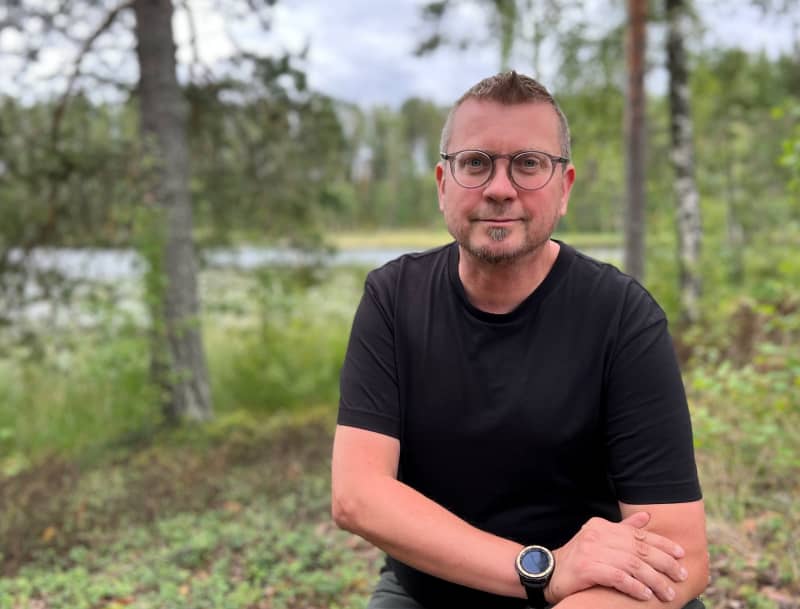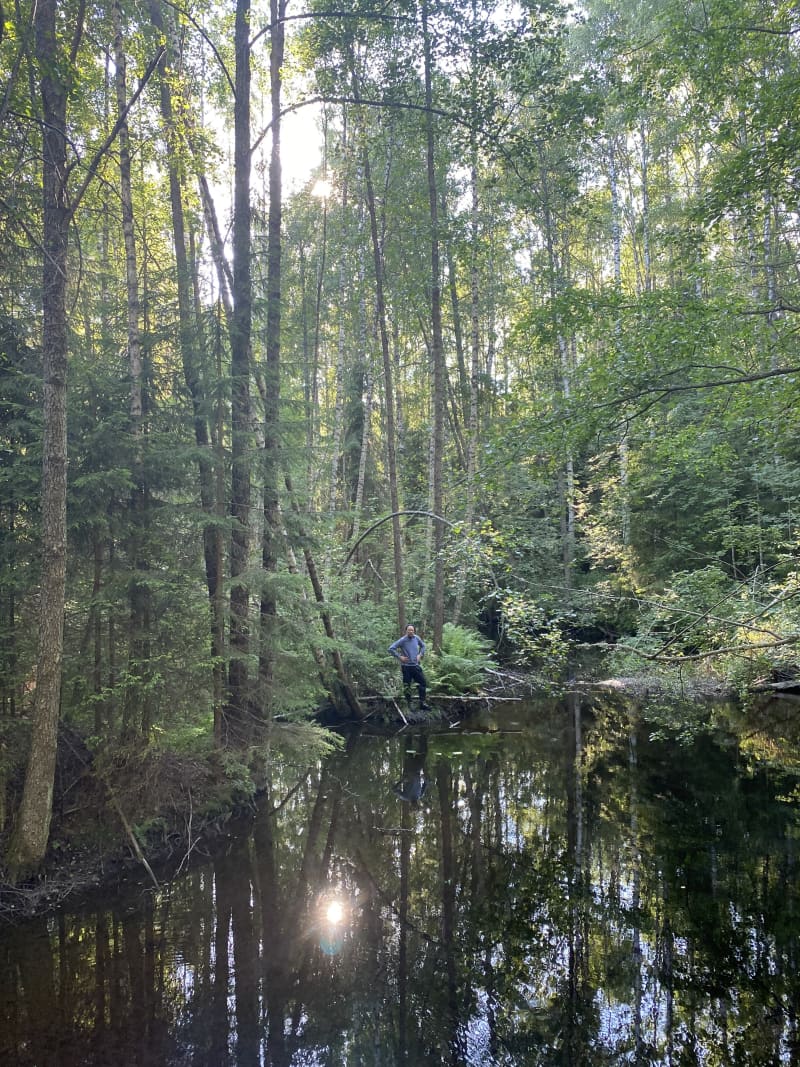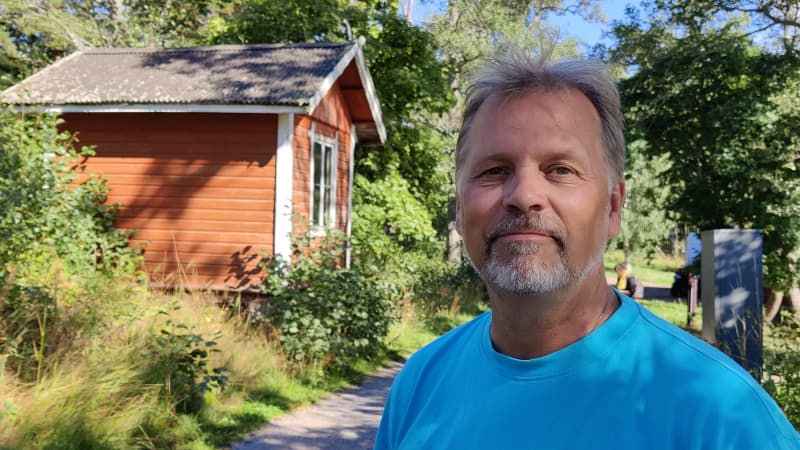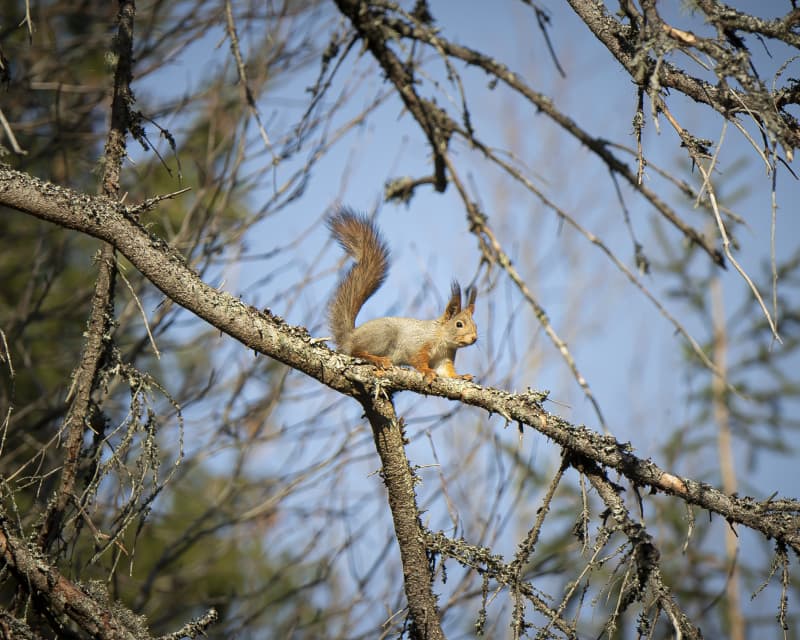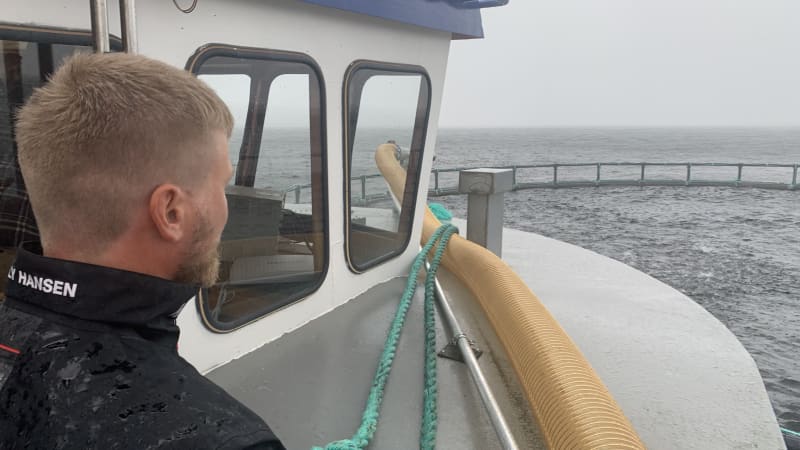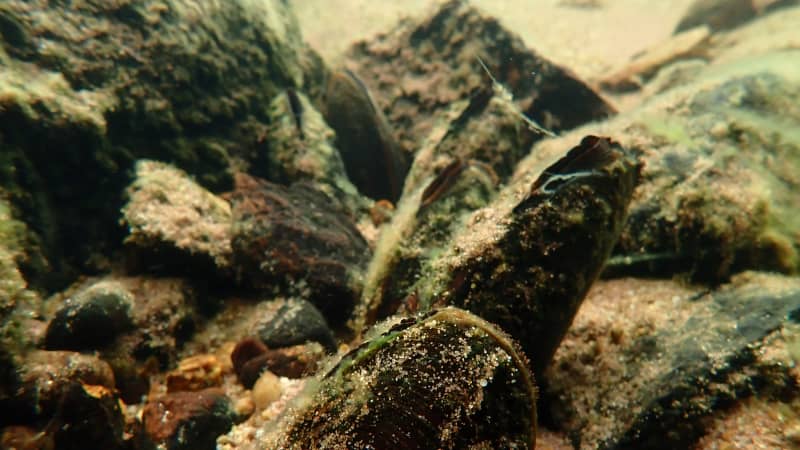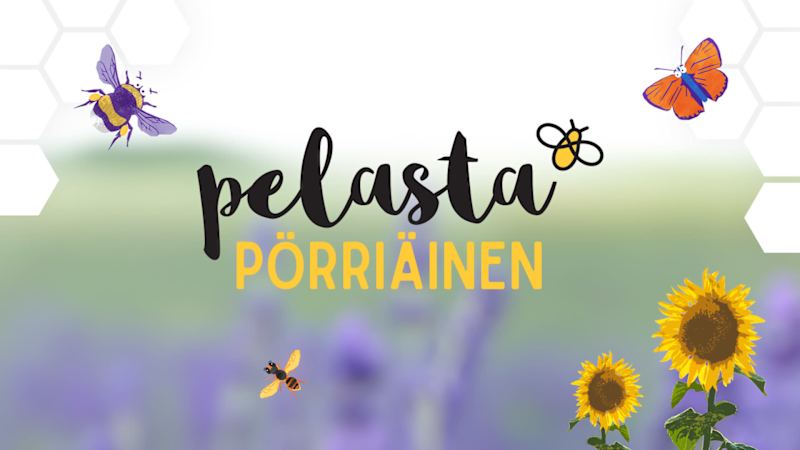Dry August took away hopes for a good mushroom harvest, but suitable rain and heat can still partially restore them
The hot August took away the mushrooms, but suitable rains can still bring them back.
– I’ve been walking here for seven years, and I’ve never seen a forest so empty of mushrooms at the turn of August and September, says Korhonen.
The past summer and early autumn have been quite special when it comes to mushrooms. At the end of July, mushroom baskets were filled with delicious chanterelles in different parts of Finland.
The hot period in August stopped the mushroom season almost completely.
– There is still hope. When the water comes, the mushrooms still rise. Not in a day or two, but in a week from the rains, Jarkko Korhonen reminds.
September is the best mushroom month in southern and central Finland.
– Measured in milliliters, the rain has been quite reasonable in recent days. I think the mycelium is starting to flow and produce a crop. I just have to hope that the night frosts don’t come too early.

